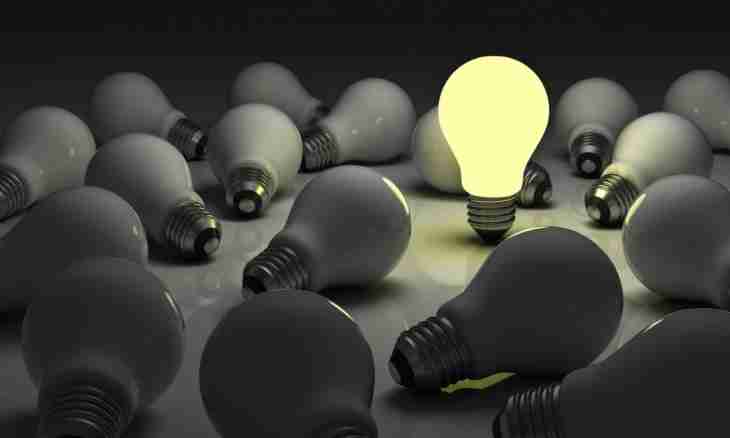Metal of which thread of the glow lamp is made is very unpretentious and interesting from the chemical point of view. It with ease maintains temperatures at which other metals simply evaporate. It is practically not affected by acids and alkalis.
This metal is called tungsten. It was open for 1781 by the Swedish chemist Sheele at the end, and during the whole 19th century the scientists actively investigated it. Today the mankind knows enough successfully to use tungsten and its connections in different industries. Tungsten has variable valency that is connected with special arrangement of electrons on atomic orbitals. This metal usually has silver-white color and has characteristic gloss. Resembles platinum superficially.
Tungsten can be carried to unpretentious metals. It will not be dissolved by any alkali. Even strong acids, such as salt or sulfuric, will not work on it. For this reason make the electrodes used at galvanization and electrolysis of tungsten.
Tungsten and glow lamps
Why thread in glow lamps is done of tungsten? It is all about its unique physical properties. A key role is played here by the melting temperature which is about 3500 degrees Celsius. It 10 times more, than at many metals which are often used in the industry. For example, aluminum melts at 660 degrees. Electric current, passing through incandescence thread, heats it to 3000 degrees. A large amount of thermal energy which it is useless is emitted spent in surrounding space. From all metals known to science only tungsten is capable to sustain so high temperature and not to melt, unlike the same aluminum. The unpretentiousness of tungsten allows to serve bulbs in houses long enough. However, after some time, thread is torn, and the lamp fails. Why does that happen? The thing is that under the influence of very high temperature when passing current (about 3000 degrees), tungsten begins to evaporate. Thin thread of a lamp becomes even thinner over time, will not tear yet. To melt a sample of tungsten use electron beam or argonny melting. By means of these methods it is possible to heat with ease metal to 6000 degrees Celsius.
Receiving tungsten
To receive a qualitative sample of this metal quite difficult, but today scientists with gloss cope with this task. It was developed several unique technologies allowing to grow up tungsten monocrystals, huge tungsten crucibles (up to 6 kg). The last are widely applied to receiving expensive alloys.

